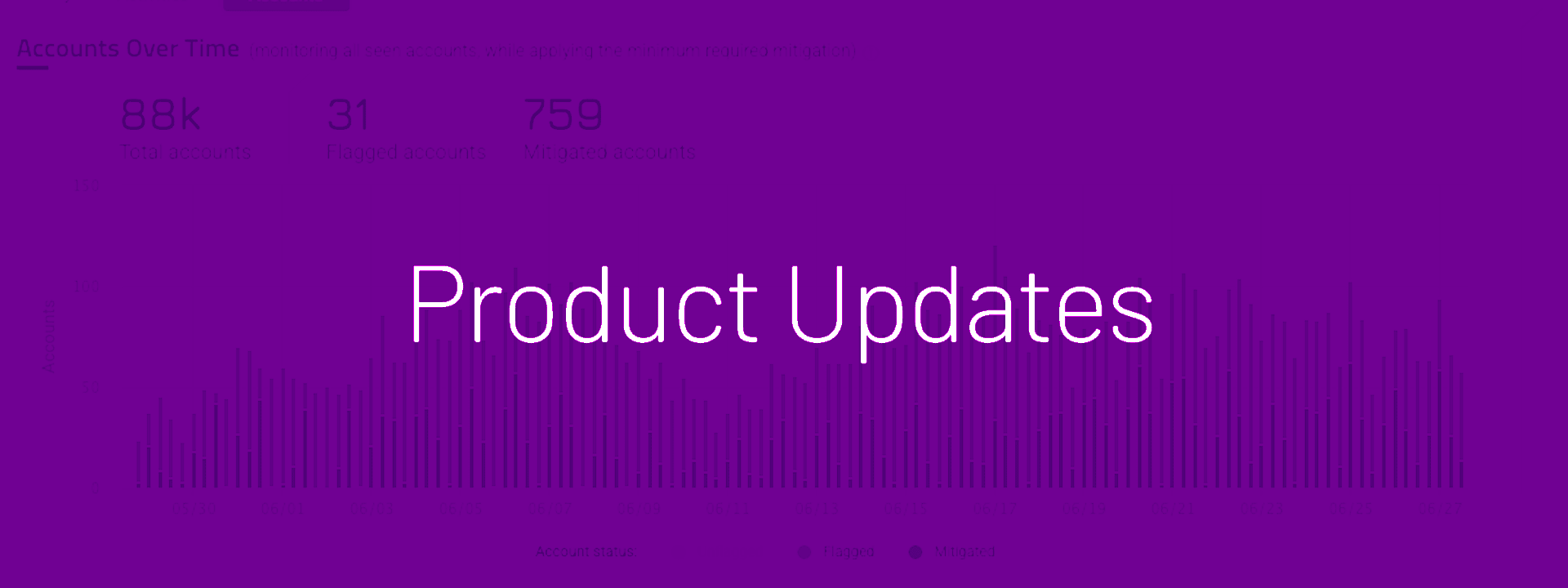HUMAN Blog

HUMAN BLOG
Introducing Page Intelligence: Closing the Last Blind Spot in Invalid Traffic Protection
READ NOW
-
 HUMAN BLOG
HUMAN BLOGSatori Threat Intelligence Alert: SlopAds Covers Fraud with Layers of Obfuscation
READ NOW
-
 HUMAN BLOG
HUMAN BLOGAI Agents, Scrapers, and Crawlers: Understanding the AI Traffic Ecosystem
READ NOW
-
 HUMAN BLOG
HUMAN BLOGAI Crawler Spoofing Exposed: How Attackers Masquerade as ChatGPT, Mistral, and Perplexity
READ NOW
All Blogs

HUMAN BLOG
Tracking Agentic Commerce Through Black Friday and Cyber Monday: What Our Traffic Data Shows
READ NOW

HUMAN BLOG
The Year We Made Trust Adaptive
READ NOW

HUMAN BLOG
SantaGPT: How Many Americans Use AI To Holiday Shop?
READ NOW

HUMAN BLOG
The Interconnection between Site Performance and Campaign Optimization
READ NOW

HUMAN BLOG
Why Trust is the Growth Accelerator for Agentic Commerce
READ NOW

HUMAN BLOG
HUMAN Security Q3 2025 Product Updates
READ NOW

HUMAN BLOG
How to Prepare for Agentic Commerce: The 9-Step Framework for AI-Driven Shopping
READ NOW

HUMAN BLOG
What Marketers Really Want from Brand Safety and Viewability Tools in 2025
READ NOW

HUMAN BLOG
Managing Security for Cyber Attacks, Not PCI DSS Assessments
READ NOW

HUMAN BLOG
AI-Powered Streaming Fraud: How to Make a Hit Song Nobody Listens To
READ NOW

HUMAN BLOG
The Three Phases of Agentic Commerce: From AI Discovery to Autonomous Purchasing
READ NOW

HUMAN BLOG
Which Supply Paths Work? Unlocking the Hidden Map Of Programmatic Spend
READ NOW

HUMAN BLOG
Digital Disguise: Understanding Cloaking’s Role in Malvertising
READ NOW

HUMAN BLOG
Introducing Page Intelligence: Closing the Last Blind Spot in Invalid Traffic Protection
READ NOW

HUMAN BLOG
Examining AI Agent Traffic: What Early Traffic Patterns Tell us About Agentic Commerce
READ NOW

HUMAN BLOG
U.S. Government Escalates Crackdown on Ticket Scalping: FTC Sues Ticketmaster & Live Nation
READ NOW

HUMAN BLOG
Insights from HUMAN’s New Click Fraud Research
READ NOW

HUMAN BLOG
Satori Threat Intelligence Alert: SlopAds Covers Fraud with Layers of Obfuscation
READ NOW
- 1
- …